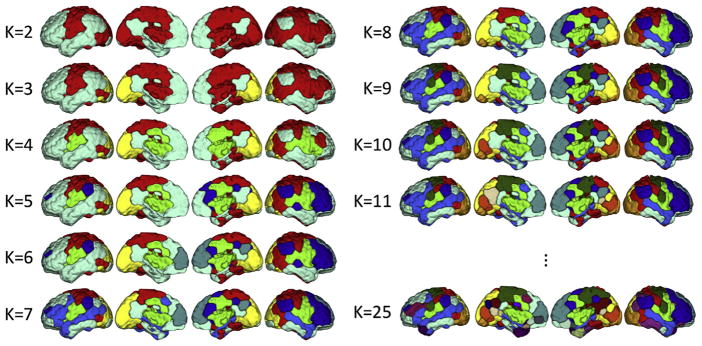Fig. 2. The group-level parcellation schemes for the number of networks ranging from K = 2 to K = 25.
At K = 2, the brain is roughly divided into the default mode network (DMN) and task-positive network. As K is increased, the greedy algorithm discovers new exemplars while preserving the former ones, and hence parcellates the brain in a hierarchical setting. For example, at K = 3, the visual network is separated from the DMN and task-positive network. When K is increased to K = 11, many canonical networks (including the DMN, frontoparietal network (FPN), and sensorimotor network (SMN)) are observable. K = 25 was the finest resolution parcellation derived here. For K > 11 the changes are subtle and more difficult to observe (Fig. S1).

